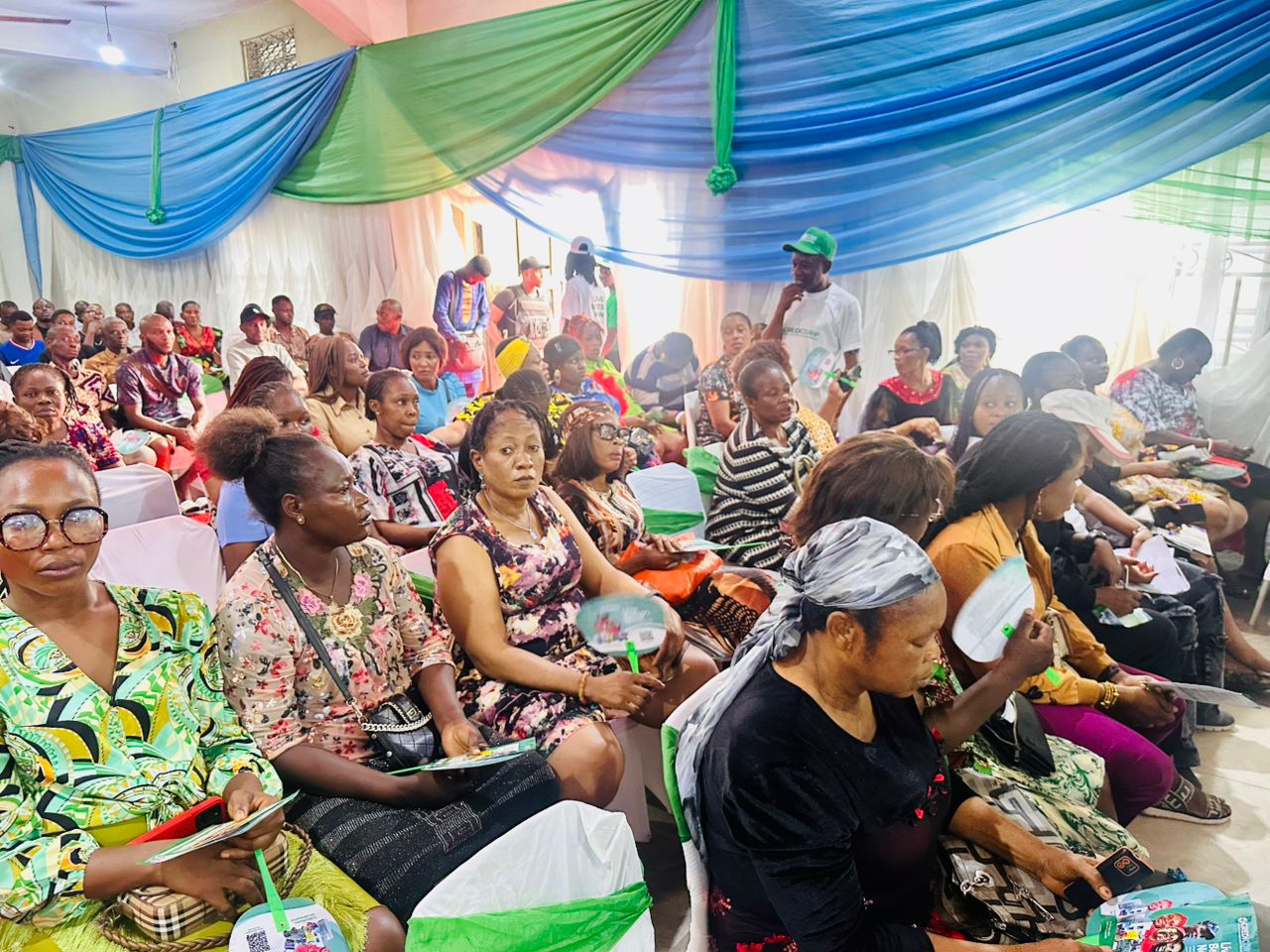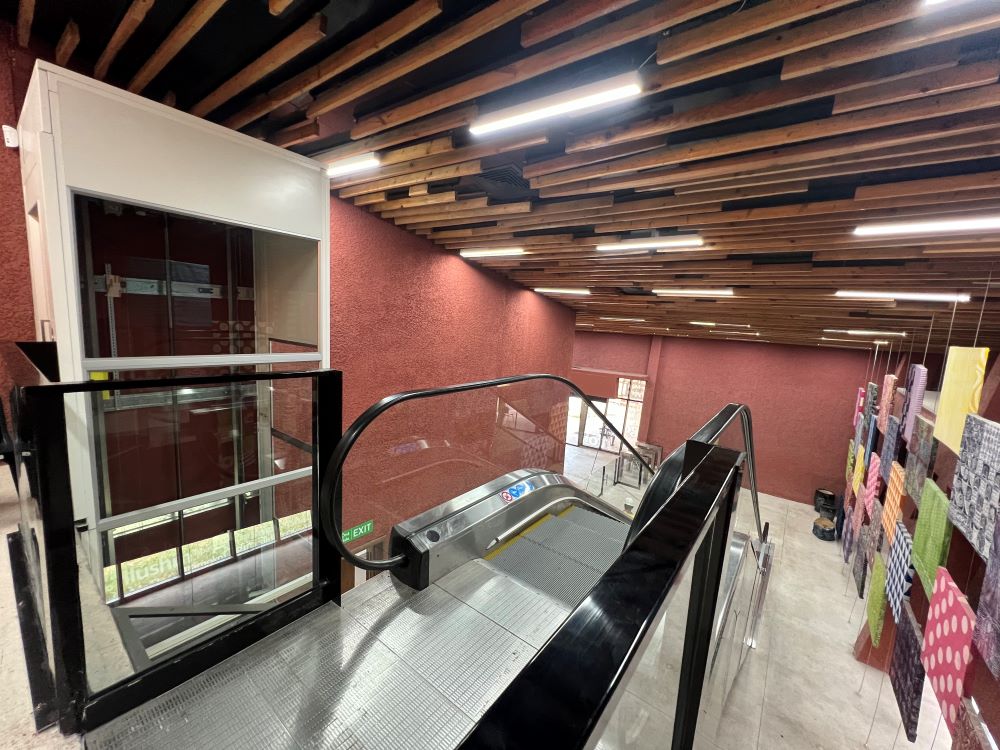It’s no secret that the Bitcoin network is thriving and revolutionary. This decentralized technology comprises a distributed network with connected nodes. The nodes in this network are computers that run the Bitcoin software. While this sounds simple to some people, the Bitcoin network has different node types, each playing a different role to ensure the correct function of the system.
In simple terms, a node is a computer connected to a network, and a phone or a laptop can function as a node in the household and internet context. A wireless IP camera and a router can also be a node. Thus, nodes come in different forms, sizes, and shapes. And each node has a role in the network.
But the Bitcoin blockchain has four primary nodes. This article explains the main types of nodes in the Bitcoin network.
Mining Nodes
Initially, mining was the only way to get Bitcoin. However, people can now purchase this virtual currency on platforms like https://bitcoin-up.live/ using fiat money. Essentially, these platforms enable people to exchange fiat cash with Bitcoin. And this is one of the most prevalent ways of getting Bitcoin.
Bitcoin mining nodes generate blocks that attach to the blockchain. Thus, mining nodes confirm the validity of new blocks via the mining process. The Bitcoin network refers to the connection of application-specific integrated devices or ASIC machines and miners when it comes to energy consumption. Essentially, mining nodes create and add new blocks to the Bitcoin blockchain.
Light Nodes
Also called thin nodes, light nodes contain a part of the blockchain copy. These nodes download the previous transactions’ block header to confirm the blockchain’s validity. Also, they pass this data to the other nodes. A block header summarizes the block, including the previous block’s information, the mining time, and the nonce or the unique identifying number.
A light node connects to the parent node, mostly a full node. That’s because the full node has a complete blockchain copy.
Full Nodes
The Bitcoin network has full nodes that hold and distribute the copies of the blockchain ledger. Thus, full nodes play a crucial role in the Bitcoin network because they are the reference point for validating the blockchain’s history. A full node can validate a transaction or trace it back to its genesis block. Some people estimate that the Bitcoin network has more than 10,000 full nodes. Having more nodes makes the network more decentralized and difficult to hack.
Super Nodes
Supernodes operate around the clock to connect full nodes and spread the Bitcoin blockchain in the entire network. Thus, supernodes are the redistribution relays that ensure that every participant in the network gets an accurate blockchain copy.
Safety of the Nodes
A node can be offline or online. Online nodes receive, save, and transmit the last transaction blocks to and from the other nodes. On the other hand, offline nodes can’t do that but start by catching up with the blockchain once connected to the internet through the synchronization process.
Theoretically, the world can execute the entire blockchain using a single node. However, that means the blockchain would be in one device, making it vulnerable to hackers, system failures, and power outages. Therefore, having many nodes make the Bitcoin blockchain safer. Since many devices store Bitcoin blockchain’s data, corrupting one entity to erase it is not easy. And even if many nodes fail at once or become inaccessible, a single node can maintain the operations of the entire network.
Final Thoughts
Nodes form an essential part of the Bitcoin network. They are a fundamental aspect that keeps the blockchain functional. What’s more, they secure the Bitcoin network because they ensure that nobody can corrupt all of them at once or erase transaction data.



























Leave a Reply